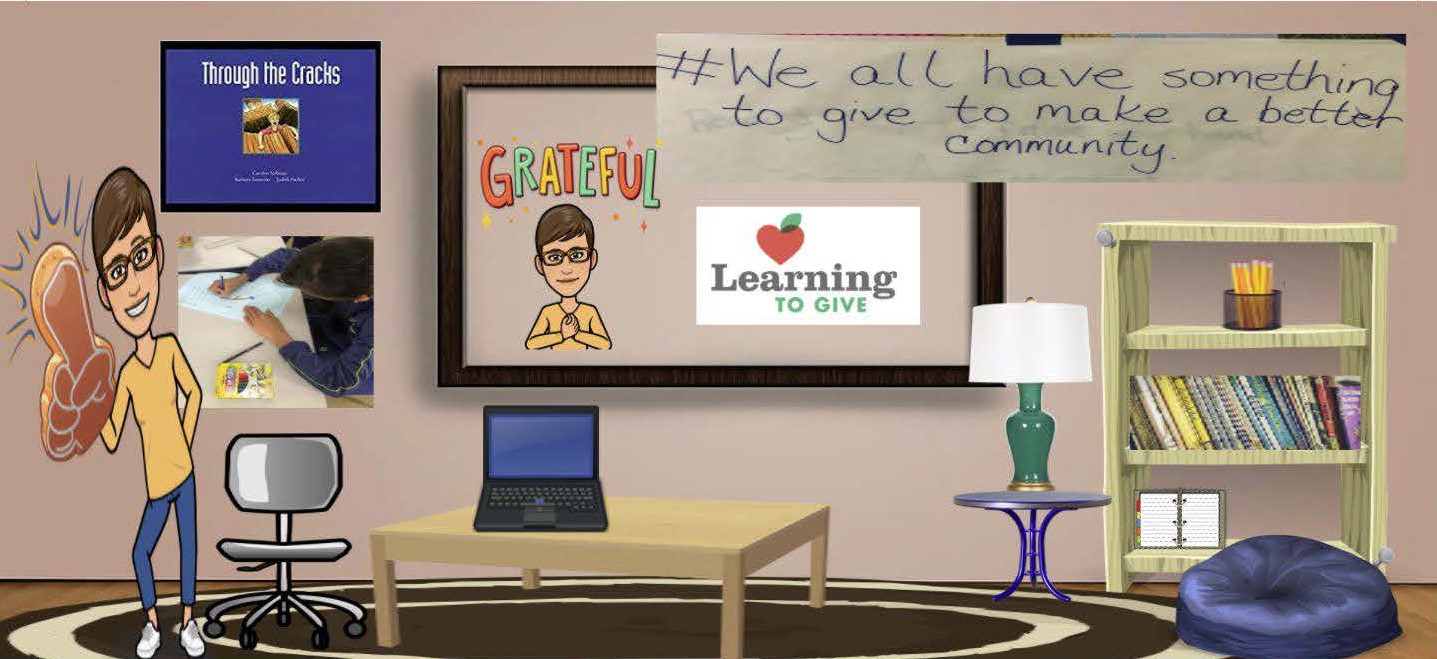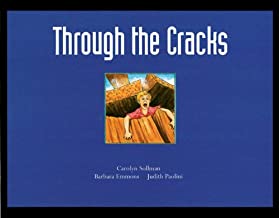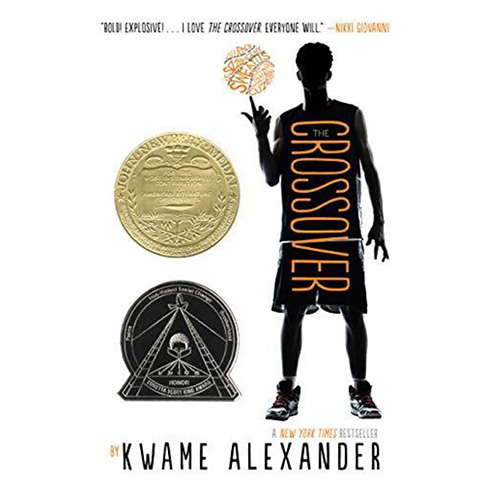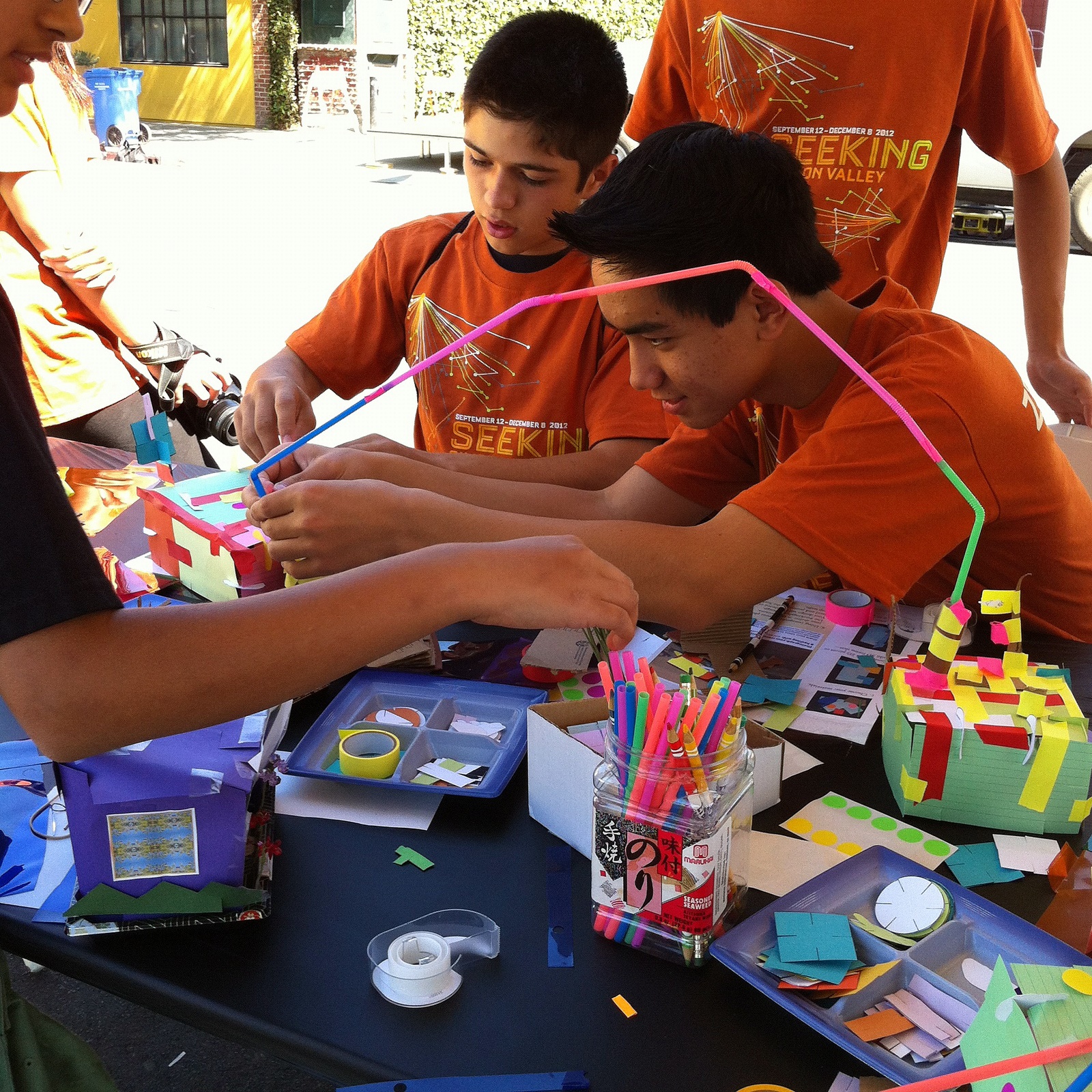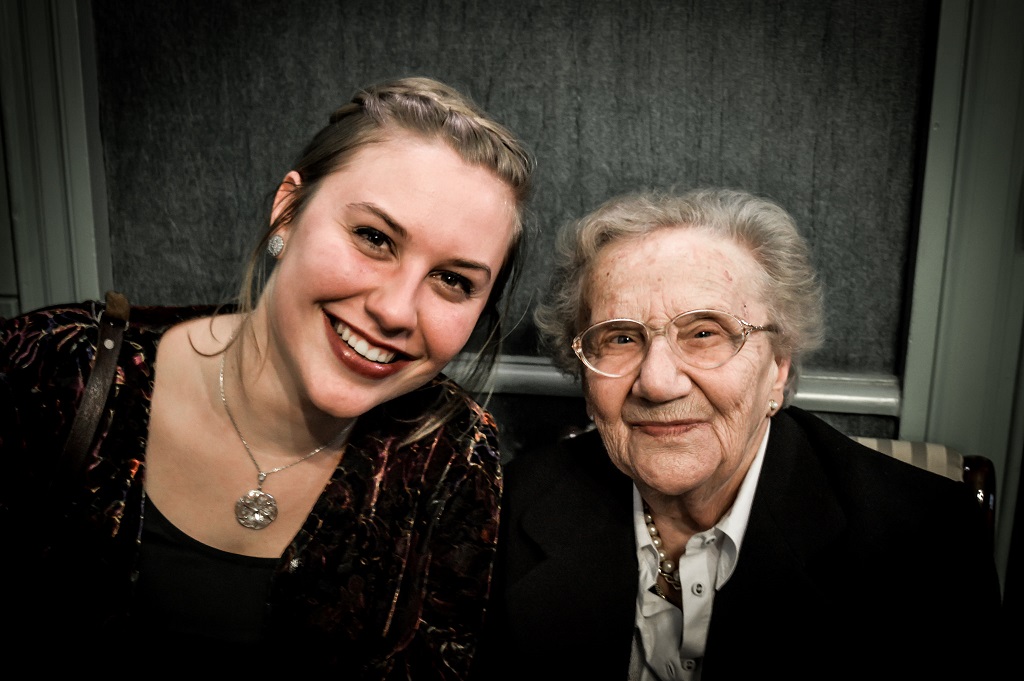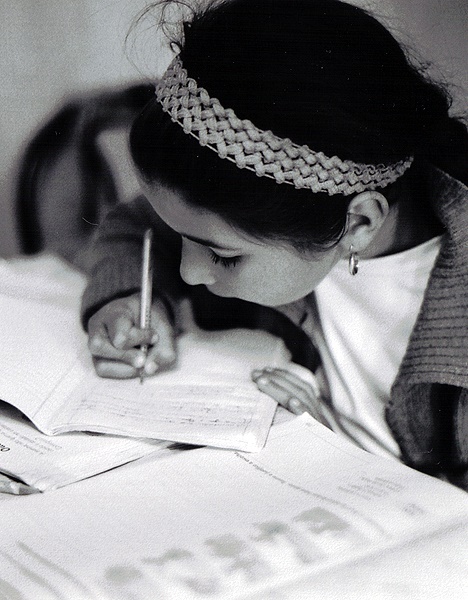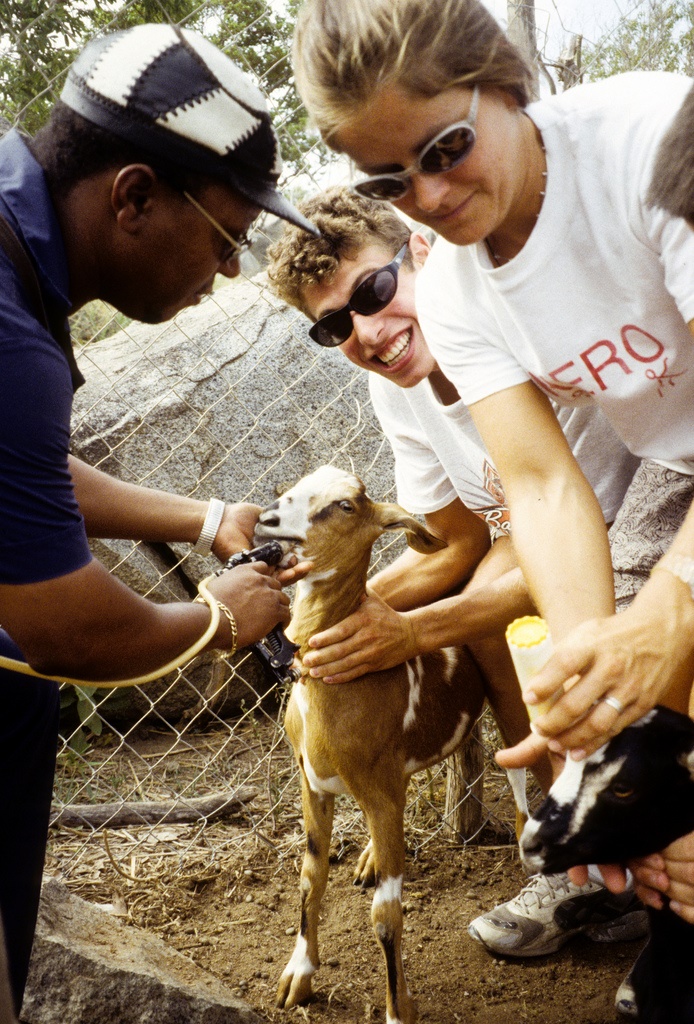Personal Decision-Making for Community and Equity
Resource Guide by Kathy Adamonis
Introduction
This resource guide includes video, literature guides, activities, and lessons that may be used in order or selectively. The discussions and lessons are intended to empower youth voice and guide them toward a service project of capturing someone's story through an audio recording and sharing it with others.
The two themes:
- building a classroom community even though you are not together
- raising awareness of social justice and our role as citizens of a diverse country
Part I: Community Awareness
Classrooms are communities. We start on the first day building connections, expectations, and decision-making skills so we can work together effectively for the benefit of all. Building a caring community virtually is the challenge this year. Use the applications (Seesaw, Flipgrid, Google Docs) you have to promote a face-to-face feel with activities that engage hearts and minds. Begin with tapping into empathy and social responsibility. Find virtual engagement ideas in these Edutopia articles about virtual relationships, virtual participation, and classroom meeting activities, and in the handout below.
- Share daily hellos through video and creative platforms (use Flipgrid, Seesaw, Google Classroom, and Screencastify).
- Ask different reflection questions and ask for creative response (poem, song, drawing, video).
- Use questions that prompt empathetic reflection on a shared experience, such as, "What is online school like for you and your friends? What do you thing the challenges are for your parents? What is the pandemic like for elderly people or preschoolers?"
- Use video to model authenticity over perfection (it's okay to stumble) and encourage creativity in their response.
Part II: Envision a Better Place
Bitmoji Classroom
This Bitmoji LINKED in Google Docs may be used to guide learners through a visioning activity (also described below), and it serves as a model for learners to make their own Bitmoji classroom. Note: the picture of a student at a desk links to written directions for the Blue Sky Activity; the giant pointer hand links to video directions for the visioning activity. The handwritten poster links to pictures of students doing projects in the classroom. The lamp links to Flipgrid. Sign up for Flipgrid and click the pencil jar for directions. When using Flipgrid, copy the directions there onto your own Flipgrid and have students add their responses. The open notebook links to the student worksheet.
Begin with a Book
Read and discuss the book Through the Cracks by Carolyn Sollman and envision together an ideal remote classroom that meets learners' needs and styles. (These are the written directions that are linked in the Bitmoji.)
Learners use "Think, Pair, Share" or Flipgrid to share their responses. (See the lamp in the Bitmoji for the Flipgrid exercise.)
After reading, follow the Blue Sky Activity directions to envision opportunities for your own school/neighborhood/community (also in the Bitmoji).
Blue Sky Visioning Activity
This activity gives students a voice and ownership in improving their school/community. They each use Bitmoji to create their own idea of a perfect classroom (linked on the notebook) OR have students draw pictures of their perfect classroom on paper.
Part III: Learn More Stories
What does it mean to be a member of a community? Who else is in our community? What can we do with our free time to address the issues in our communities?
Stories of Diverse People
For generations, young people all over the world have taken an interest in social justice and found the courage to fight for their own rights and the rights of others.Read one or all of these books. Each has a literature guide to spark discussion and connection to the reading.
- Teach Us Your Name Literature Guide
- Ghost Literature Guide
- The Crossover Literature Guide
- The Undefeated Literature Guide
- Books for promoting healthy racial identity development: The Conscious Kid
Here are fifteen inspiring middle grade books that prove you are never too young to stand up for what you believe in and make a difference.
Spoken Word Poetry as Medium for Social Justice
This Using Spoken Word for Justice mini-course introduces spoken word poetry as an interactive literary tool particularly suited to promote social justice. This guides participants from introduction and powerful examples to practice and performance.
Classroom Discussion Guide
When you plan to hold a virtual discussion, these strategies ensure learners are doing more thinking and talking than educators.
Listening with Generosity
Show the Ted Talk: The Danger of a Single Story by Chimamanda Ngozi Adichie
After viewing the video, talk about the importance of sharing our stories and learning about others to gain a broader perspective. Verbally brainstorm how and why a single story gets in our way of a greater understanding. Then have learners use Flipgrid to tell about a time "hearing more stories" changed their view.
Part IV: Personal Decision-Making and Telling Our Stories
Lesson Plans
Teach these lesson plans to build knowledge and empathy and to connect with others, leading to telling our own stories.
Best Day Ever
Link to Lesson
Students examine how they use their personal time. They will be able to identify areas of passion where they can give their time, talent or treasure and make positive changes in the local community. Download Padlet and create a space for students to enter what they do in their free time. If you are in a virtual classroom, set up four breakout rooms for the gallery walk. Create a Google Doc for a gallery walk questions.
Facing Our Struggles
Link to Lesson
Note: only complete Day 1 of this lesson. Students identify a struggle that they have dealt with in their own lives. They write a short narrative about a struggle and then convert it to a Spoken Word Poem using imagery, figurative language, and other visioning techniques.
Spoken Word Poetry: Students work with partners to share their struggles and develop their Spoken Word poem. Build empathy through the philanthropic act of generous listening
Kids Can Make a Difference
Link to Lesson
Students write letters to pen pals in a very different community from their own and develop a joint service project over long distance that benefits their own communities. (Can use email/google docs in lieu of physical mail). They build relationships with students or people of a different generation who are outside of their community.
Working Together Works
Link to Lesson
Students learn about the work of nonprofits and learn that by combining efforts they can be more effective. They create an advertisement about the work of a selected nonprofit and encourage others to volunteer or contribute.
Part V: Culminating Service Project
Option One: As an extension of the Facing Our Struggles/Spoken Word Poetry unit, students pair up for an interview. One student prompts the other to tell their story through their spoken word poetry. They record their interviews and share with the class and on social media using #learningtogive.
Option Two: For this activity, youth create their own oral history recording by interviewing an individual who they consider a generous leader. Youth will glean lessons from the interview and create and preserve a historical record of a story that is worthwhile knowing. Follow the directions in the Oral History Project link. They record their interviews and share with the class and on social media using #learningtogive.
Directions here to download the StoryCorps app. **Make sure to let students know that they will decide who hears what they’re sharing as they set the privacy level.
Watch the following StoryCorps video describing the Great Thanksgiving Listen. Or this audio of a granddaughter interviewing her grandfather.
Now follow the project directions to capture a story of someone you respect or a story you want to share of an exceptional person.
